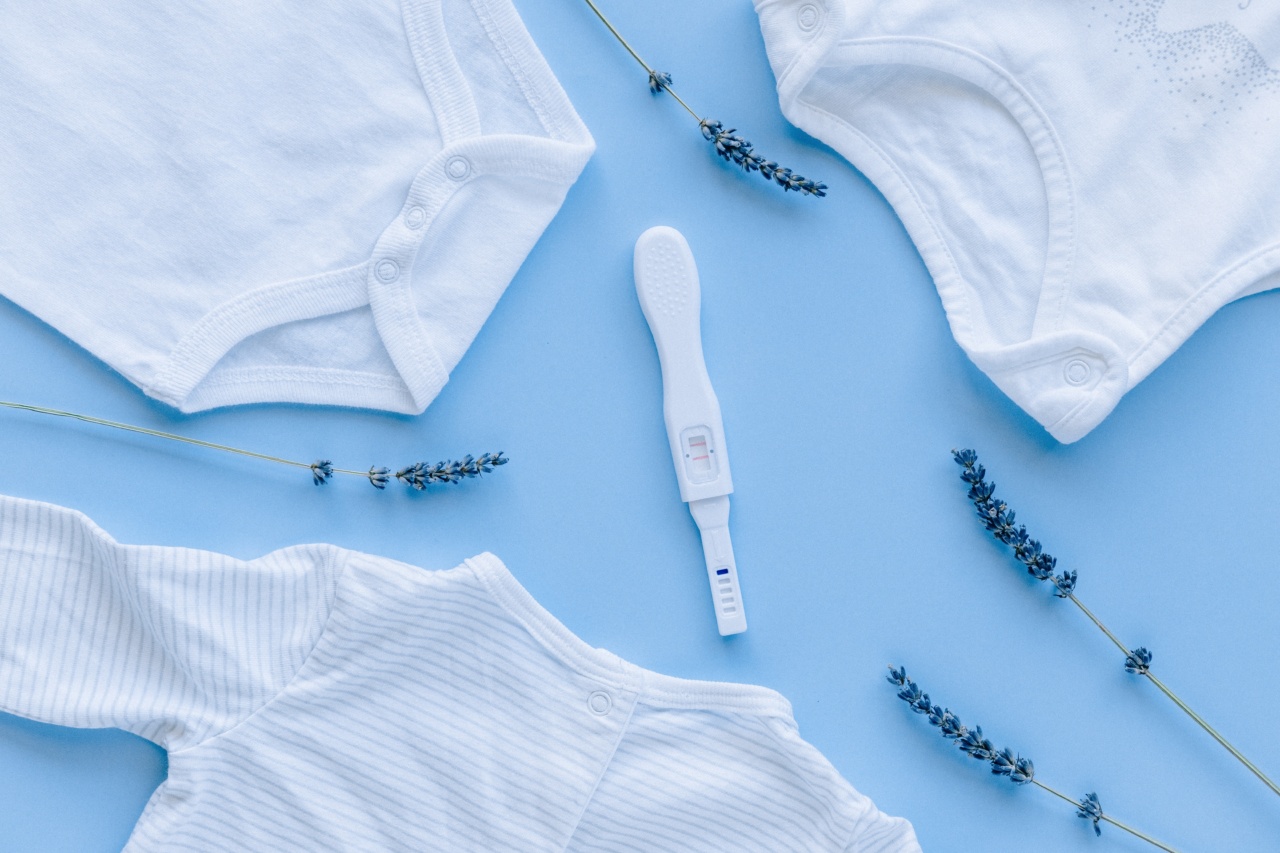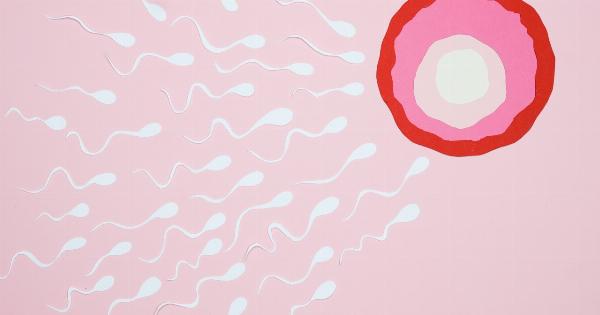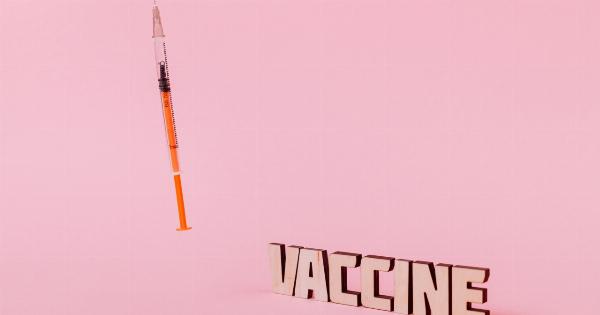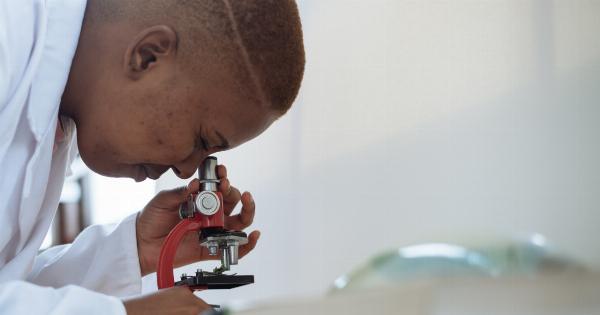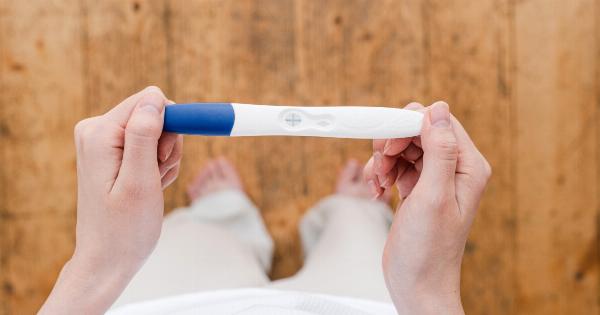Infertility can be a difficult condition to navigate and can cause distress for many couples hoping to conceive. Fortunately, there are many fertility treatments available that can help increase your chances of achieving a successful pregnancy.
In this article, we will explore the different fertility treatments and their associated probabilities of conception.
1. Fertility Drugs
Fertility drugs are one of the most common ways to increase your chances of conceiving. These drugs work by stimulating the ovaries to produce more eggs, which increases the chance of fertilization.
The probability of conception with fertility drugs varies depending on the type of drug used. Clomiphene citrate, for example, has a success rate of around 30% to 40% per cycle.
Gonadotropins have a slightly higher success rate of around 20% to 60% per cycle.
2. Intrauterine Insemination (IUI)
Intrauterine insemination (IUI) involves placing washed sperm directly into the uterus. This method increases the chances of fertilization by bypassing possible obstacles such as cervical mucus or low sperm motility.
The probability of conception with IUI varies depending on several factors, including the age of the woman, the quality of the sperm, and the cause of infertility. On average, the success rate of IUI is around 10% to 20% per cycle.
3. In Vitro Fertilization (IVF)
In vitro fertilization (IVF) is a fertility treatment that involves combining eggs and sperm in a laboratory dish. The resulting embryos are then transferred to the uterus.
The probability of conception with IVF varies depending on the age of the woman, the quality of the sperm and eggs, and the number of embryos transferred.
On average, the success rate of IVF is around 40% to 50% for women under 35 and decreases as the woman’s age increases.
4. Intracytoplasmic Sperm Injection (ICSI)
Intracytoplasmic sperm injection (ICSI) involves injecting a single sperm directly into an egg in a laboratory dish. The resulting embryos are then transferred to the uterus.
The probability of conception with ICSI varies depending on several factors, including the age of the woman, the quality of the sperm, and the number of eggs retrieved. On average, the success rate of ICSI is around 60% to 70% per cycle.
5. Donor Eggs/Sperm
Donor eggs or sperm may be used in cases where infertility is due to poor quality or quantity of eggs or sperm. Donor eggs or sperm can greatly increase the chances of successful pregnancy.
The probability of conception with donor eggs or sperm varies depending on several factors, including the age of the woman receiving the eggs or sperm, the quality of the eggs or sperm, and the number of embryos transferred.
On average, the success rate of donor egg/sperm treatments is around 50% to 70% per cycle.
6. Surrogacy
Surrogacy involves using a gestational carrier to carry and deliver a baby for the intended parents. The gestational carrier is not biologically related to the baby and is usually chosen based on her physical and emotional suitability for the role.
The probability of conception with surrogacy varies depending on several factors, including the age and health of the gestational carrier and the quality of the embryos transferred.
On average, the success rate of surrogacy is around 50% to 70% per cycle.
7. Natural Fertility Methods
While fertility treatments can greatly increase your chances of conception, it’s important to remember that there are also many natural fertility methods that can help improve your chances of conceiving as well.
These methods include tracking ovulation, maintaining a healthy diet and lifestyle, and using fertility-friendly lubricants.
The probability of conception with natural fertility methods varies depending on several factors, including the age and overall health of the couple. On average, the success rate of natural fertility methods is around 20% to 30% per cycle.
Conclusion
Fertility treatments can greatly increase your chances of successfully conceiving a baby. The probability of conception varies depending on the type of treatment used, as well as several individual factors such as age, health, and cause of infertility.
It’s important to discuss your options with a fertility specialist to determine the best treatment plan for you and to maximize your chances of achieving a successful pregnancy.
